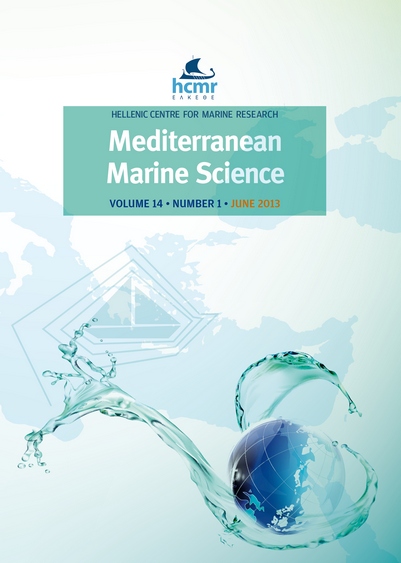Temporal distribution of size and weight of fattened Bluefin tuna (Thunnus thynnus l.) from Tunisian farms: (2005-2010)
Résumé
The present study analysis size and weight-frequency composition of Atlantic bluefin tuna (Thunnus thynnus thynnus) fattened in Tunisian farms for the period 2005-2010 and compare these morphometric parameters with those from wild bluefin tuna landed on 2001 at Sfax port (Tunisia). A total of 6,757 wild and fattened bluefin tuna were measured as straight-line fork length and 49,962 were weighted. Average value of K for wild BFT was 1.59 and respectively 2.43, 2.32, 2.15, 1.61, 1.79 and 1.90 for Fattened BFT after 5-6 months from 2005 to 2010. Length frequency of fattened bluefin showed clearly a substantial increase in juvenile rate. The percentage which was 21.4% in 2005 reached 31.3% in 2009. For weight distribution, 73.3% of the fish caught in 2001 are below the annual mean (75.7 kg), while means 71 to 72% of fattened fish were under annual mean weight. Year 2009 is exceptional because only 57% of fattened fish were under the mean weight. This demonstrates that the fish caught are becoming increasingly small. Mean weight for fattening period (77 to 124 kg) are obviously higher than those of the wild fish (75,7kg).This study showed an increment in the amount of specimen under first sexual maturity which will not have the chance to spawn.
Article Details
- Comment citer
-
HATTOUR, A., & KOCHED, W. (2013). Temporal distribution of size and weight of fattened Bluefin tuna (Thunnus thynnus l.) from Tunisian farms: (2005-2010). Mediterranean Marine Science, 15(1), 115–125. https://doi.org/10.12681/mms.513
- Numéro
- Vol. 15 No 1 (2014)
- Rubrique
- Research Article
Authors who publish with this journal agree to the following terms:
- Authors retain copyright and grant the journal right of first publication with the work simultaneously licensed under a Creative Commons Attribution Non-Commercial License that allows others to share the work with an acknowledgement of the work's authorship and initial publication in this journal.
- Authors are able to enter into separate, additional contractual arrangements for the non-exclusive distribution of the journal's published version of the work (e.g. post it to an institutional repository or publish it in a book), with an acknowledgement of its initial publication in this journal.
- Authors are permitted and encouraged to post their work online (preferably in institutional repositories or on their website) prior to and during the submission process, as it can lead to productive exchanges, as well as earlier and greater citation of published work (See The Effect of Open Access).







